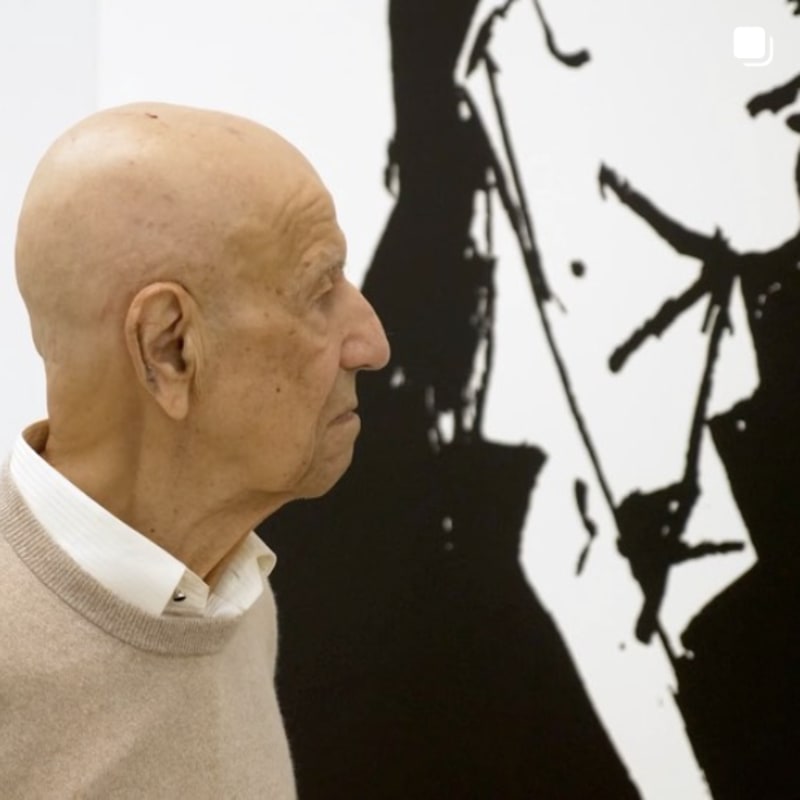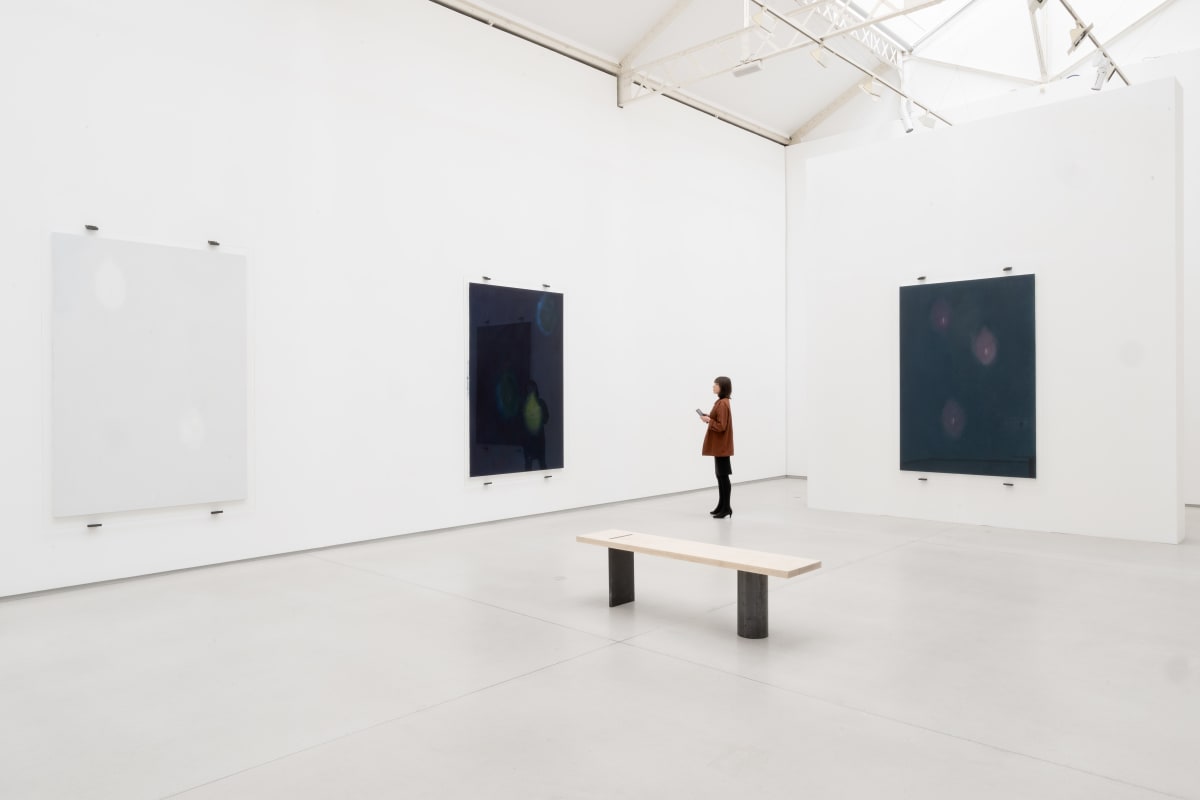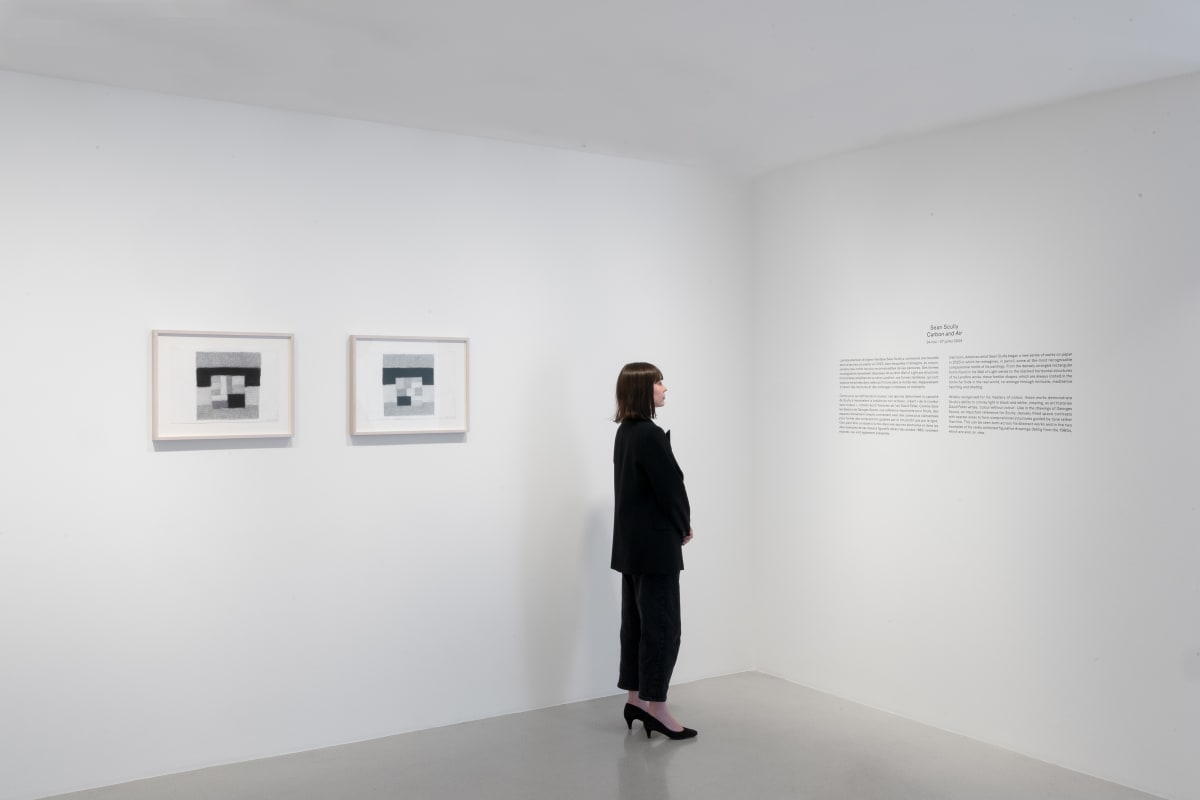‘At the Center of the Gilbert & George Universe’ The artist duo hopes to immortalize its work
By Alex Marshall
(...) Thanks to their eccentric way of life — the two are rarely seen apart, dress similarly and finish each other’s thoughts — Gilbert & George have for decades been among Britain’s most recognizable artists, and they have presented exhibitions in major cities including Moscow and New York. But on the streets of Spitalfields, the East London neighborhood where the artists have lived and worked together since the 1960s, they barely drew a glance.
Just a few minutes away from their home, Gilbert & George turned onto Heneage Street, and stopped in front of No. 5A. There, behind an iron gate decorated with the letters “G & G” in a swirling font, was The Gilbert & George Center, a museum opening to the public on Saturday that they hope will immortalize their work and its part in the area’s history. Spitalfields “is the center of the universe,” George said. (...)
In the decades that came after, they pivoted from presenting themselves in galleries to making large photographic assemblages in a trademark garish style. Those featured the artists’ likenesses, typically in stylized poses, alongside depictions of young people or homeless men from Spitalfields and things they saw on their daily walks in the neighborhood, including graffiti, discarded chicken bones and empty plastic drug bags. (...)
They were also keen catalogers of their own work, keeping copies of many pieces and the photographs used to construct them. But Gilbert said the idea of a museum came about more through accident than by design. About a decade ago, the artists were searching for a storage space when the building on Heneage Street — a 200-year-old former brewery with a quaint courtyard, next to a pub and opposite a Thai spa — went up for sale. The pair decided the building would work perfectly as a museum, all but guaranteeing that their pictures would always be on show. (...)
They aim to keep entry to the museum free, Gilbert said, and George added that they raised the funding for it by selling prints of their works. “Art for all,” was their philosophy, they said.
The Gilbert & George Center will rotate its displays once or twice a year, Gilbert said. The artists will curate exhibitions themselves, he added, since it took them only “five minutes” to decide what to show, and how. “You put the big pictures on the big walls and the smaller ones on the small walls,” he said. “That’s about it.”
For the opening, Gilbert & George are showing “The Paradisical Pictures,” a set of 25 trippy works that feature them — or their disembodied eyes — collaged with images of decaying leaves, flower petals and discarded fruit that the pair found on walks around Spitalfields, photographed in the studio and brought together with image editing software.
Although they have represented Britain at the Venice Biennale, in 2005, and have 26 works in the collection of the Tate museum group, Gilbert & George still see themselves as outsiders in the British art world and are scornful of its gatekeepers. George recalled that, when they were students at the St. Martin’s School of Art, in the 1960s, teachers had dismissed their work. British journalists and art critics had been unduly harsh to them, he added.
“We were discriminated against, and we had to fight like dogs,” Gilbert said. “We wanted to win,” he added, and with the museum, “I think we did.”













































































































































































